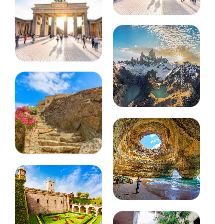Visiting Madeira: 10 things to do and see in Portugal
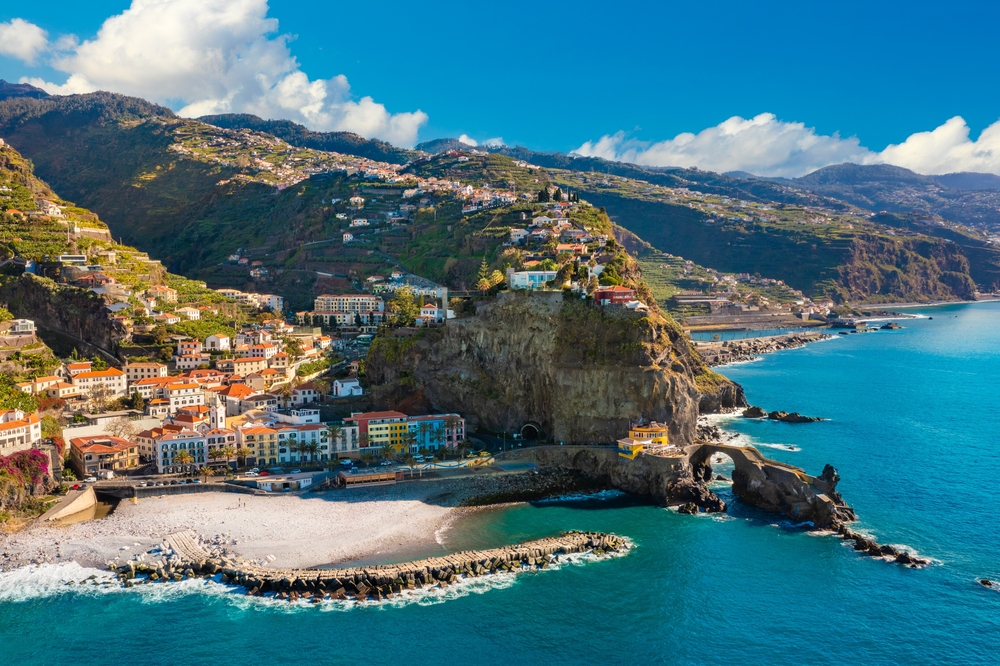
Nicknamed “the island of eternal spring”, Madeira is a Portuguese jewel floating off the coast of Morocco in the Atlantic Ocean. This unique destination combines spectacular volcanic landscapes, historic levadas and a charming capital where history meets modernity. From Funchal to the breathtaking peaks of Pico do Arieiro, via the natural pools of Porto Moniz, every corner of the island reveals unsuspected treasures. Whether you’re a keen hiker, a botanical garden enthusiast or simply in search of breathtaking panoramas, Madeira will win you over with its diversity and unspoilt authenticity.
1. Funchal, Madeira’s floral capital
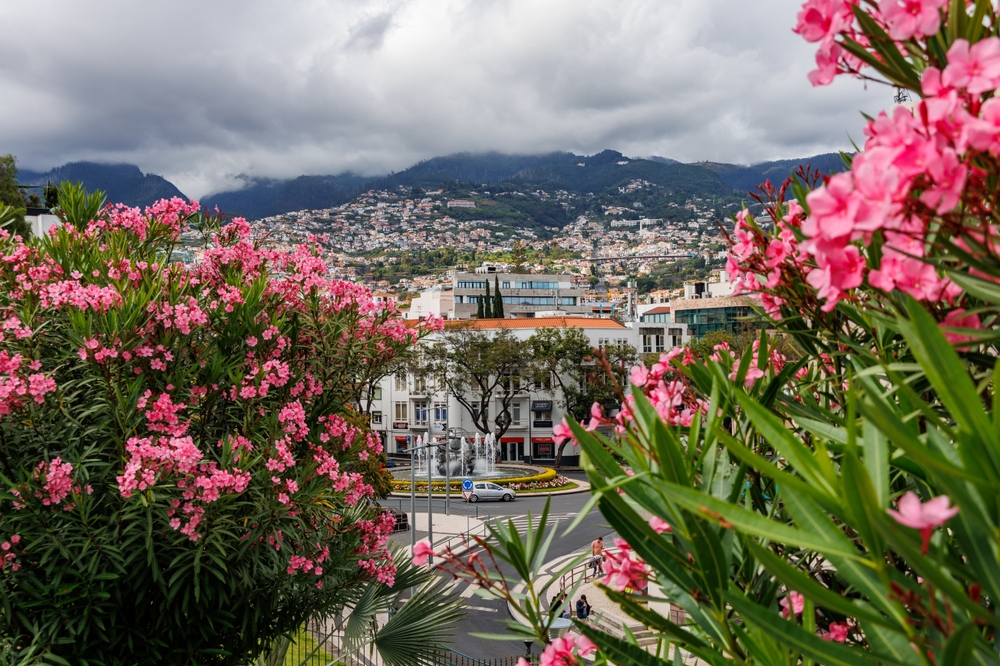
The capital of the Madeira archipelago, Funchal is the ideal starting point for visiting Madeira. This port city has a charming historic centre with cobbled streets, lush gardens and an authentically Portuguese atmosphere. Funchal Cathedral, dating from 1490, bears witness to the city’s rich past. Stroll along the picturesque Rua de Santa Maria with its colourful doorways, then explore the vibrant Mercado dos Lavradores where tropical flavours and exotic flowers mingle.
Download the audio tour to discover Funchal on foot and on your own
Explore Madeira’s capital on your own with our audio tour of Funchal. This 3.7 km route takes you through 25 places of interest in around 1? hours, from the cathedral to the marina and the historic quarters. The application is automatically activated according to your position and reveals the secrets of this multifaceted capital, with its maritime history and traditional crafts.
See also the Portugal guide :
- Lisbon’s culinary specialities
- Top 10 culinary specialities in Porto
- Discover the Belém district in Lisbon
- Lisbon’s must-see museums
- Activities in and around Lisbon
2. The levadas, a unique network of hiking canals
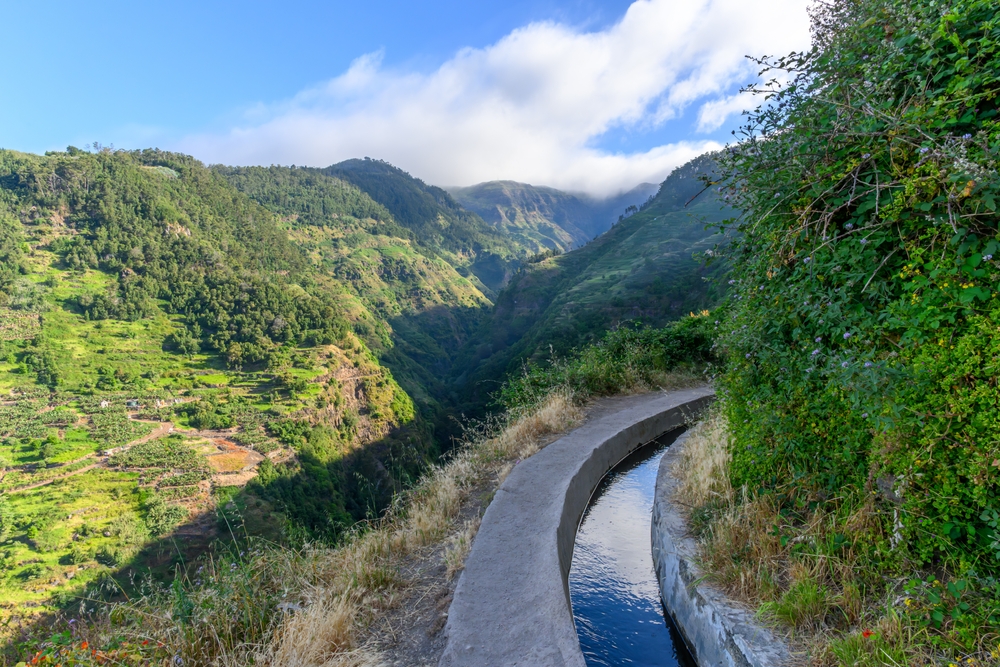
It’s impossible to visit Madeira without following the famous levadas, a network of over 2,000 km of irrigation canals that have been transformed into hiking trails. These 16th-century works of art wind their way through the UNESCO-listed laurel forest, offering routes accessible to all abilities. The Levada do Caldeirão Verde takes you to a spectacular waterfall in the heart of the rainforest, while the Levada das 25 Fontes reveals multiple waterfalls in an enchanting setting. Bring good walking shoes and a headlamp as you make your way through the tunnels carved out of the volcanic rock.
3. Pico do Arieiro and its breathtaking panoramas
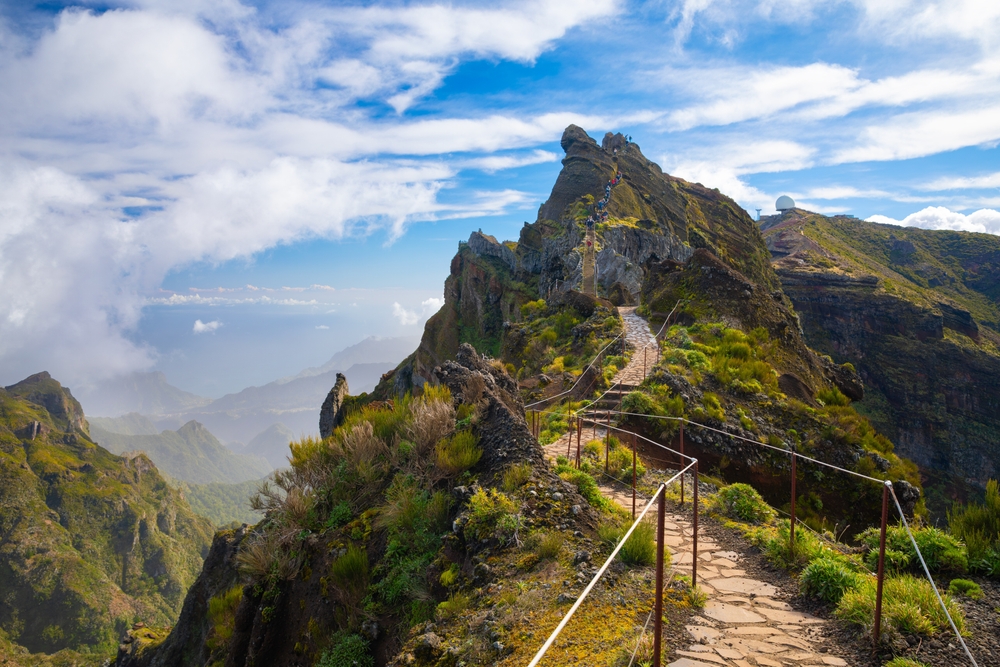
Reaching an altitude of 1,818 metres, Pico do Arieiro is Madeira’s third highest peak and one of its most spectacular. Accessible by car, this rocky peak offers breathtaking views of the Atlantic Ocean and the island’s rugged terrain. At sunrise, the spectacle is particularly striking as the clouds slowly disperse over the valleys. For experienced hikers, the PR1 trail links Pico do Arieiro to Pico Ruivo (1,862 m), the archipelago’s highest point, via a 7 km route dotted with tunnels and dizzying aerial passages.
4. Porto Moniz and its natural volcanic pools
On Madeira’s north-west coast, the village of Porto Moniz fascinates visitors with its natural pools carved out of basalt lava. These pools of crystal-clear seawater, constantly replenished by the Atlantic waves, create a bathing complex that is unique in the world. Admission is charged, but you can still enjoy these natural thermal baths equipped with changing rooms and relaxation areas. Don’t miss a visit to Madeira’s small aquarium, housed in Fort São João Baptista, which showcases the local marine fauna. The coastal road to Porto Moniz from Funchal is itself a spectacle, winding between cliffs and ocean views.
5. The Monte Palace tropical garden
Perched high above Funchal and accessible by cable car, the Monte Palace Tropical Garden covers 7 hectares of botanical wonders. This plant paradise boasts over 1,000 species of exotic plants from the four corners of the globe, enhanced by artistic sculptures and oriental pavilions. Portuguese azulejos adorn the walkways, while the koi ponds add a touch of serenity. The views over the bay of Funchal from the garden terraces are among the finest on the island. The visit naturally continues with a tour of the palace, now a museum of oriental art.
6. Cabo Girão, the glass cliff suspended in the void
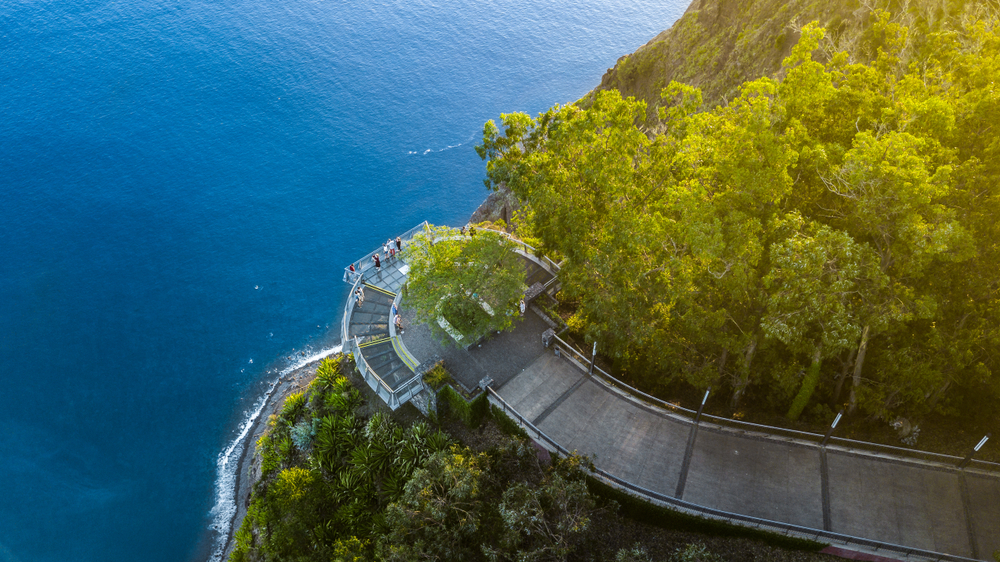
At 580 metres above the Atlantic Ocean stands one of Europe’s highest sea cliffs: Cabo Girão. This transparent glass observation platform, inaugurated in 2012, offers unique sensations to visitors who dare to look under their feet. The view embraces the stepped agricultural terraces (poios) where bananas and vines grow, creating a colourful patchwork suspended between sky and sea. Access is free and a cable car serves the crops below. Located in the municipality of Câmara de Lobos, Madeira’s first settlement, this excursion is the perfect way to explore this picturesque fishing village.
7. The Rabaçal waterfalls in the UNESCO laurel forest
In the heart of the UNESCO World Heritage laurel forest, the Rabaçal site is home to some of Madeira’s most beautiful walks. From the Paul da Serra plateau, several levadas lead to spectacular waterfalls, including the famous Risco waterfall, 100 metres high. The Levada das 25 Fontes route reveals its name by revealing multiple waterfalls gushing out of the mossy rock. This relict vegetation, a remnant of the subtropical forests that covered Europe in the Tertiary period, creates a unique mystical atmosphere. Make sure you bring waterproof clothing, as humidity is constant in this rainy part of the island.
8. Whale watching off Madeira
The deep waters around Madeira are home to exceptional marine life, making the archipelago one of Europe’s best spots for dolphin and whale watching. Around twenty species of cetacean frequent these temperate waters all year round, from spotted dolphins to majestic pilot whales. Boat trips depart mainly from Funchal marina and last 2 to 3 hours. The naturalist guides scrupulously respect safety distances and raise awareness of the need to protect these marine mammals. April to October offer the best weather conditions, but sightings are possible at any time of year thanks to the island’s subtropical climate.
9. Santana and its traditional triangular houses
On Madeira’s north coast, the village of Santana preserves the island’s traditional architecture with its famous casas de colmo. These triangular houses with coloured walls and thatched roofs are typical of 16th-century rural housing in Madeira. Some of these authentic dwellings are still standing, classified as monuments of public interest. The Madeira Theme Park faithfully recreates this ancestral way of life while presenting local history and traditions. Santana is part of the municipality classified as a Biosphere Reserve by UNESCO since 2011, testifying to the richness of its ecosystems preserved between mountain and ocean.
10. The caves of São Vicente, a journey to the centre of the earth
Formed 400,000 years ago by basaltic lava flows, the caves of São Vicente offer a fascinating journey into the volcanic bowels of Madeira. This network of lava tubes stretches for more than 1,000 metres, 700 of which are accessible to the public. The constant temperature of 16°C contrasts with the heat outside, while the geological formations reveal the volcanic history of the archipelago. The adjoining volcanology centre completes the visit with a scientific and educational approach to the formation of the Atlantic islands. This unique geological attraction is suitable for all ages, and is an ideal alternative for continuing your discovery of Madeira’s wonders in bad weather.
In conclusion, a visit to Madeira reveals an exceptional encapsulation of Portugal’s natural and cultural diversity. From the historic levadas winding through the laurel forest to the breathtaking panoramas of Pico do Arieiro and the unspoilt authenticity of Funchal, every day on the island promises unforgettable discoveries. The Madeira archipelago is just as appealing to hikers as it is to botanical garden enthusiasts or families looking for a variety of activities. This human-sized destination is easy to visit in a week, allowing you to alternate between relaxing in the natural pools of Porto Moniz and exploring the local craft traditions. Let our audio tour of the capital be your guide as you begin your immersion in this multi-faceted Atlantic gem.
FAQ – Frequently asked questions about Madeira
When is the best time to visit Madeira?
Madeira enjoys a mild subtropical climate all year round. The ideal time to visit is from April to October, when temperatures are at their most pleasant (20-25°C) and rainfall is low. Spring (April-May) is particularly recommended for admiring the island’s spectacular flowers. Summer offers the best conditions for swimming, with sea temperatures of 23°C.
How many days does it take to visit Madeira?
A week is the ideal length of time for a leisurely visit to Madeira. You’ll be able to explore Funchal, take several walks along the levadas and discover Porto Moniz and the main viewpoints. For a more in-depth stay, including Porto Santo and more hiking, allow 10 to 12 days.
What level of ability do you need to hike the levadas?
Madeira’s levadas are suitable for all levels of walker. Family routes such as the Levada do Caldeirão Verde (13 km round trip) are still accessible with a basic level of fitness. The trails between Pico do Arieiro and Pico Ruivo require good mountain experience. Always bring non-slip footwear and a headlamp for the tunnels.
Can you swim in Madeira?
Absolutely! Madeira offers several options for swimming: the natural volcanic pools of Porto Moniz, the seaside resorts of Lido in Funchal with seawater pools, and a few black pebble beaches such as Praia Formosa. Water temperatures range from 18°C in winter to 23°C in summer.
Getting around Madeira
Car hire is still the most practical way of exploring Madeira in complete freedom, particularly for access to the starting points of hikes and isolated viewpoints. Roads are in good condition but can be narrow and winding. A public bus network serves the main attractions from Funchal. If you’re visiting the capital, our audio-guided walking tour will take you through the must-see sights.
200 audioguided tours for cities all around the world
Download